Home>Others>Eco-Friendly Products>What Goes In The Green Recycling Bin
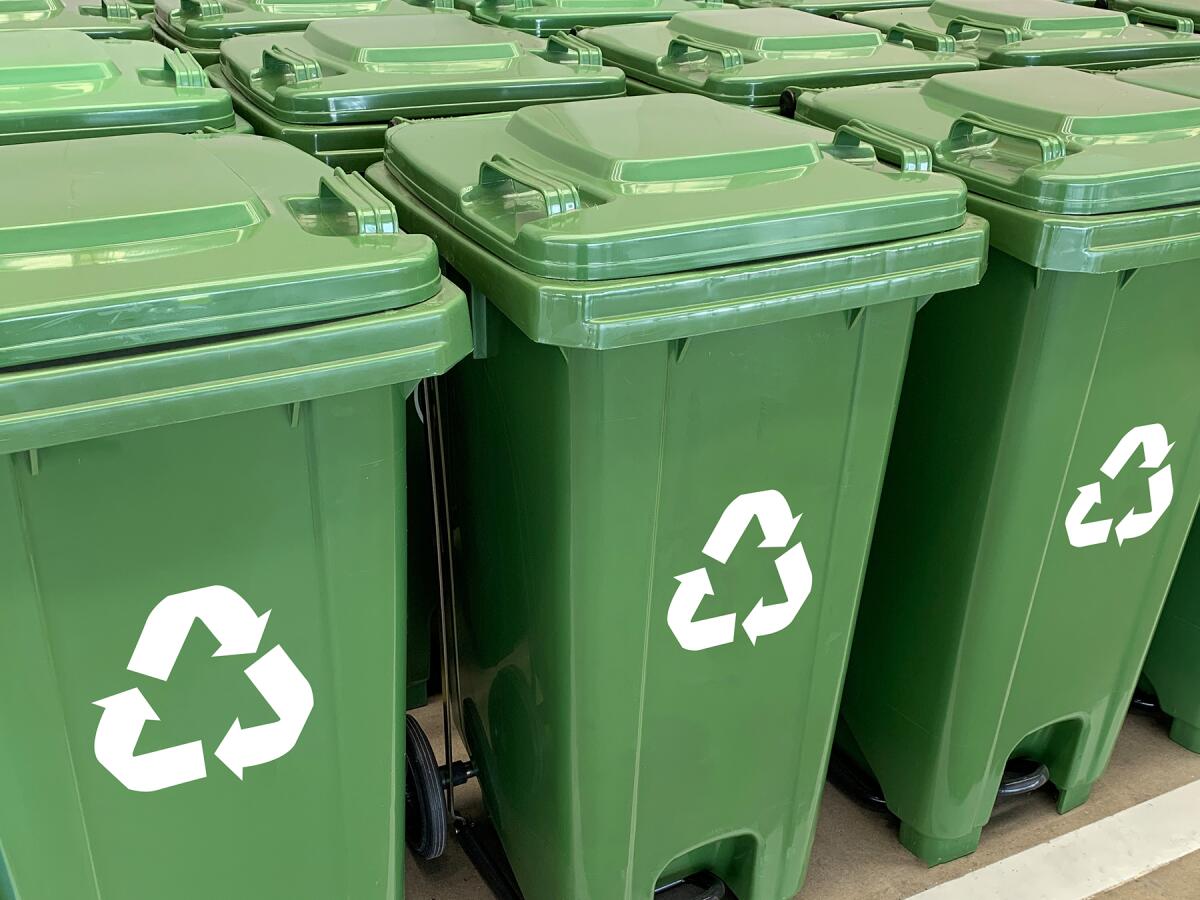

Eco-Friendly Products
What Goes In The Green Recycling Bin
Modified: February 5, 2024
Discover what items can be placed in the green recycling bin and make a positive impact on the environment with eco-friendly products. Reduce waste and recycle responsibly today!
(Many of the links in this article redirect to a specific reviewed product. Your purchase of these products through affiliate links helps to generate commission for Storables.com, at no extra cost. Learn more)
Introduction
Welcome to the world of eco-friendly recycling! As we strive to reduce our environmental footprint and embrace sustainable practices, the green recycling bin plays a pivotal role in diverting waste from landfills and promoting a circular economy. This comprehensive guide will walk you through the ins and outs of what goes into the green recycling bin, empowering you to make informed decisions and contribute to a greener, cleaner planet.
From paper and cardboard to glass, plastic, metal, and a myriad of other items, each material holds the potential for a new life through recycling. By understanding the nuances of recycling and the specific items that belong in the green bin, you can actively participate in the global effort to conserve resources and protect the environment for future generations.
Join us on this enlightening journey as we unravel the mysteries of green recycling, uncovering the significance of each recyclable material and the positive impact of your conscientious choices. Let’s embark on this eco-friendly adventure together, celebrating the power of recycling to transform our world for the better.
Key Takeaways:
- Embrace the power of the green recycling bin to give new life to paper, glass, plastic, metal, and other recyclables. Your actions make a big difference in conserving resources and protecting the environment.
- By recycling items like paper, glass, plastic, metal, and even lesser-known recyclables, you’re contributing to a greener, cleaner planet. Your efforts help minimize waste and inspire positive change in the world.
Read more: What Color Is The Recycling Bin
Paper and Cardboard
Paper and cardboard are staple materials in our daily lives, serving as packaging, office supplies, and essential components of countless products. When it comes to recycling, these versatile materials are prime candidates for the green recycling bin.
Items that belong in the green recycling bin under the category of paper and cardboard include:
- Newspapers and magazines
- Office paper and envelopes
- Cardboard boxes and packaging
- Paper bags
- Junk mail and catalogs
- Phone books
By placing these items in the green recycling bin, you are not only diverting them from landfills but also contributing to the creation of new paper and cardboard products through the recycling process. This closed-loop system minimizes the need for raw materials and reduces energy consumption, embodying the essence of sustainability.
It’s important to ensure that paper and cardboard items are clean and free of contaminants such as food residue or grease, as these can hinder the recycling process. By taking a moment to separate any non-recyclable components from paper and cardboard materials, you can maximize their potential for recycling and reprocessing.
By embracing the recycling of paper and cardboard, you become an integral part of the solution to reduce deforestation, conserve water, and mitigate the environmental impact of paper production. Your actions ripple outward, influencing positive change and contributing to a more eco-conscious society.
As you deposit paper and cardboard items into the green recycling bin, envision the journey that lies ahead for these materials. They are destined for a rebirth, undergoing transformation into new paper products that will serve a multitude of purposes, all thanks to your commitment to sustainable recycling practices.
Glass
When it comes to recyclable materials, glass stands out as a beacon of sustainability and versatility. The green recycling bin eagerly welcomes various glass items, offering them a second life through the recycling process.
Here are the types of glass items that should find their way into the green recycling bin:
- Glass bottles, jars, and containers
- Food and beverage glass packaging
- Glass packaging from cosmetics and personal care products
One of the remarkable qualities of glass is its infinite recyclability. Unlike some materials that degrade during recycling, glass retains its purity and quality, allowing it to be recycled repeatedly without loss of integrity. By recycling glass, you are directly contributing to the conservation of resources and the reduction of energy consumption required for glass production.
It’s essential to ensure that glass items deposited in the green recycling bin are free of any contaminants, such as food remnants or other materials that could compromise the recycling process. By taking a moment to rinse out glass containers and remove any non-recyclable components, you can help maintain the purity of the glass stream, ensuring that it can be effectively recycled.
As you place glass items into the green recycling bin, envision the journey that awaits them. They will undergo a meticulous recycling process, culminating in the creation of new glass products that will serve a multitude of purposes. Your commitment to recycling glass contributes to the circular economy, where resources are conserved, and waste is minimized, paving the way for a more sustainable future.
By embracing the recycling of glass, you are not only diverting these items from landfills but also actively participating in the preservation of natural resources and the reduction of greenhouse gas emissions associated with glass production. Your actions ripple outward, inspiring others to join the movement toward a greener, cleaner planet.
Plastic
Plastic, a ubiquitous material in our modern world, presents both challenges and opportunities in the realm of recycling. The green recycling bin serves as a gateway for various plastic items, offering them a chance to be transformed and repurposed through the recycling process.
Here are the types of plastic items that belong in the green recycling bin:
- Plastic bottles for beverages and household products
- Food containers and packaging made of plastic
- Plastic jars and jugs
- Plastic bags and film packaging
- Plastic lids and caps
As you deposit plastic items into the green recycling bin, it’s crucial to be mindful of the recycling codes imprinted on the products. These resin identification codes, represented by numbers 1 through 7, provide valuable information about the type of plastic and facilitate the recycling process. While not all types of plastic may be accepted in every recycling program, understanding these codes can help you make informed decisions about which plastic items are suitable for recycling.
Ensuring that plastic items are clean and free of contaminants is essential for effective recycling. By taking a moment to rinse out plastic containers and remove any non-recyclable components, you contribute to the integrity of the plastic recycling stream, maximizing the potential for these materials to be transformed into new products.
By embracing the recycling of plastic, you play a vital role in mitigating the environmental impact of plastic pollution and reducing the demand for virgin plastic production. Your commitment to recycling plastic contributes to the conservation of resources and the reduction of plastic waste that would otherwise end up in landfills or natural ecosystems.
As plastic items embark on their recycling journey, envision the myriad possibilities that await them. They have the potential to be reborn as new products, from clothing and packaging to durable goods, embodying the essence of circularity and sustainable consumption. Your conscientious recycling efforts pave the way for a brighter, more sustainable future, where the lifecycle of plastic is extended through responsible recycling practices.
Check with your local recycling program to see what materials are accepted in the green bin. Generally, you can recycle paper, cardboard, glass bottles and jars, aluminum and steel cans, and plastic containers labeled with a recycling symbol. Avoid putting in any food waste, liquids, or plastic bags.
Metal
Metal, with its durability and recyclability, holds a prominent place in the realm of sustainable materials. The green recycling bin eagerly welcomes various metal items, offering them a chance to undergo a transformative recycling process that preserves resources and minimizes environmental impact.
Here are the types of metal items that should find their way into the green recycling bin:
- Aluminum cans for beverages and food
- Steel and tin cans for food and household products
- Empty aerosol cans
- Metal lids and caps
- Empty metal containers and packaging
When it comes to recycling metal, the benefits extend far beyond waste diversion. Metal recycling significantly reduces energy consumption and greenhouse gas emissions compared to primary metal production, making it a pivotal component of sustainable resource management.
It’s crucial to ensure that metal items deposited in the green recycling bin are free of contaminants and non-metal components. By taking a moment to rinse out metal containers and remove any non-recyclable elements, you contribute to the purity of the metal recycling stream, ensuring that these materials can be effectively reprocessed and repurposed.
As you place metal items into the green recycling bin, envision the journey that lies ahead for these materials. They will undergo a meticulous recycling process, culminating in the creation of new metal products that serve a multitude of purposes, from construction materials and automotive parts to consumer goods. Your commitment to recycling metal fuels the circular economy, where resources are conserved, and the environmental impact of metal production is minimized.
By embracing the recycling of metal, you actively participate in the preservation of natural resources and the reduction of waste destined for landfills. Your conscientious recycling efforts contribute to a more sustainable and resilient future, where the lifecycle of metal is extended through responsible recycling practices.
Read more: What Goes In Recycling Trash Can
Other Items
Beyond the familiar categories of paper, glass, plastic, and metal, the green recycling bin accommodates a diverse array of additional items that hold the potential for recycling and repurposing. These lesser-known recyclables, when properly deposited in the green bin, contribute to the conservation of resources and the reduction of waste in landfills.
Here are some of the lesser-known items that can find a new life through recycling:
- Cartons for milk, juice, and other beverages
- Empty aerosol cans, such as those used for personal care products and household items
- Small electronic devices, including cell phones and tablets
- Batteries, both single-use and rechargeable
- Textiles and clothing in wearable condition
- Household items made of mixed materials, such as certain types of packaging and containers
By including these items in the green recycling bin, you contribute to the circular economy, where materials are reused and repurposed, minimizing the demand for virgin resources and reducing the environmental impact of production processes.
It’s important to be mindful of any specific recycling guidelines or programs in your area, as the acceptance of certain items for recycling may vary based on local facilities and regulations. By staying informed about recycling opportunities for these lesser-known items, you can maximize their potential for a new life through recycling.
As you deposit these diverse items into the green recycling bin, envision the possibilities that lie ahead. They have the potential to be transformed into new products, from paper and packaging to textiles and electronic components, embodying the essence of sustainability and resource efficiency.
Your commitment to recycling these lesser-known items contributes to a more resilient and environmentally conscious society, where waste is minimized, and the value of materials is perpetuated through responsible recycling practices.
Conclusion
As we conclude our exploration of what goes into the green recycling bin, it becomes abundantly clear that each item deposited into this eco-friendly vessel holds the promise of a new beginning. From paper and cardboard to glass, plastic, metal, and a myriad of other recyclables, the green recycling bin serves as a conduit for transformation, breathing new life into materials that might otherwise end up in landfills.
By embracing the act of recycling, you become an integral part of a global movement toward sustainability and environmental stewardship. Your conscientious choices ripple outward, influencing positive change and inspiring others to join the journey toward a greener, cleaner planet.
As you deposit recyclable items into the green bin, envision the journey that awaits them. They are destined for a meticulous recycling process, where they will be reprocessed and repurposed into new products, perpetuating the cycle of sustainability and resource conservation.
It’s essential to approach recycling with mindfulness and responsibility, ensuring that the items deposited into the green bin are free of contaminants and non-recyclable components. By taking a moment to prepare recyclables for their next chapter, you maximize their potential for recycling and contribute to the efficiency of the recycling process.
By actively participating in recycling, you play a pivotal role in the preservation of natural resources, the reduction of waste in landfills, and the mitigation of environmental impact associated with production processes. Your commitment to recycling extends far beyond the act itself, shaping a future where sustainable practices are the cornerstone of a thriving society.
Together, let’s continue to champion the power of recycling, recognizing the profound impact of our collective actions in preserving the planet for generations to come. Each item placed into the green recycling bin is a testament to our dedication to sustainability and a brighter, more resilient future.
Thank you for embarking on this enlightening journey through the world of green recycling. Your dedication to responsible recycling practices is a testament to the positive change we can collectively achieve. Let’s continue to nurture a world where every recyclable item finds its way into the green bin, igniting the cycle of sustainability and environmental harmony.
Frequently Asked Questions about What Goes In The Green Recycling Bin
Was this page helpful?
At Storables.com, we guarantee accurate and reliable information. Our content, validated by Expert Board Contributors, is crafted following stringent Editorial Policies. We're committed to providing you with well-researched, expert-backed insights for all your informational needs.
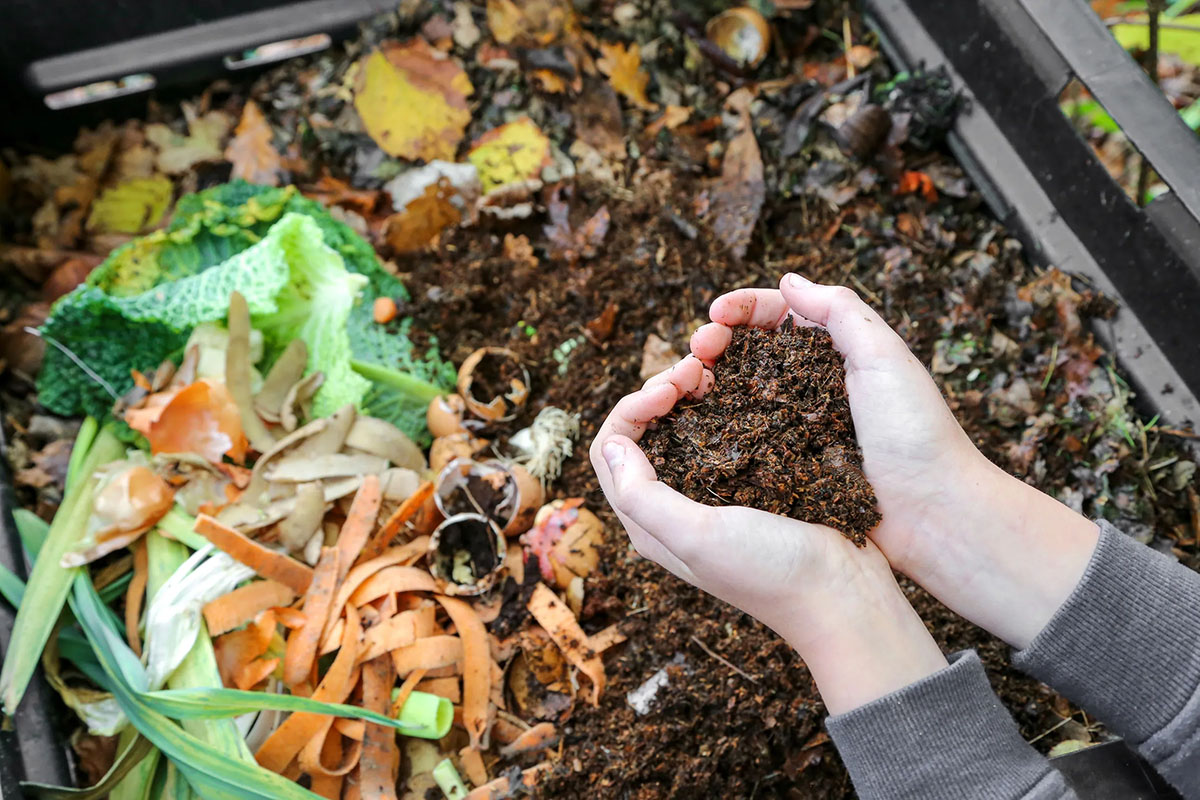
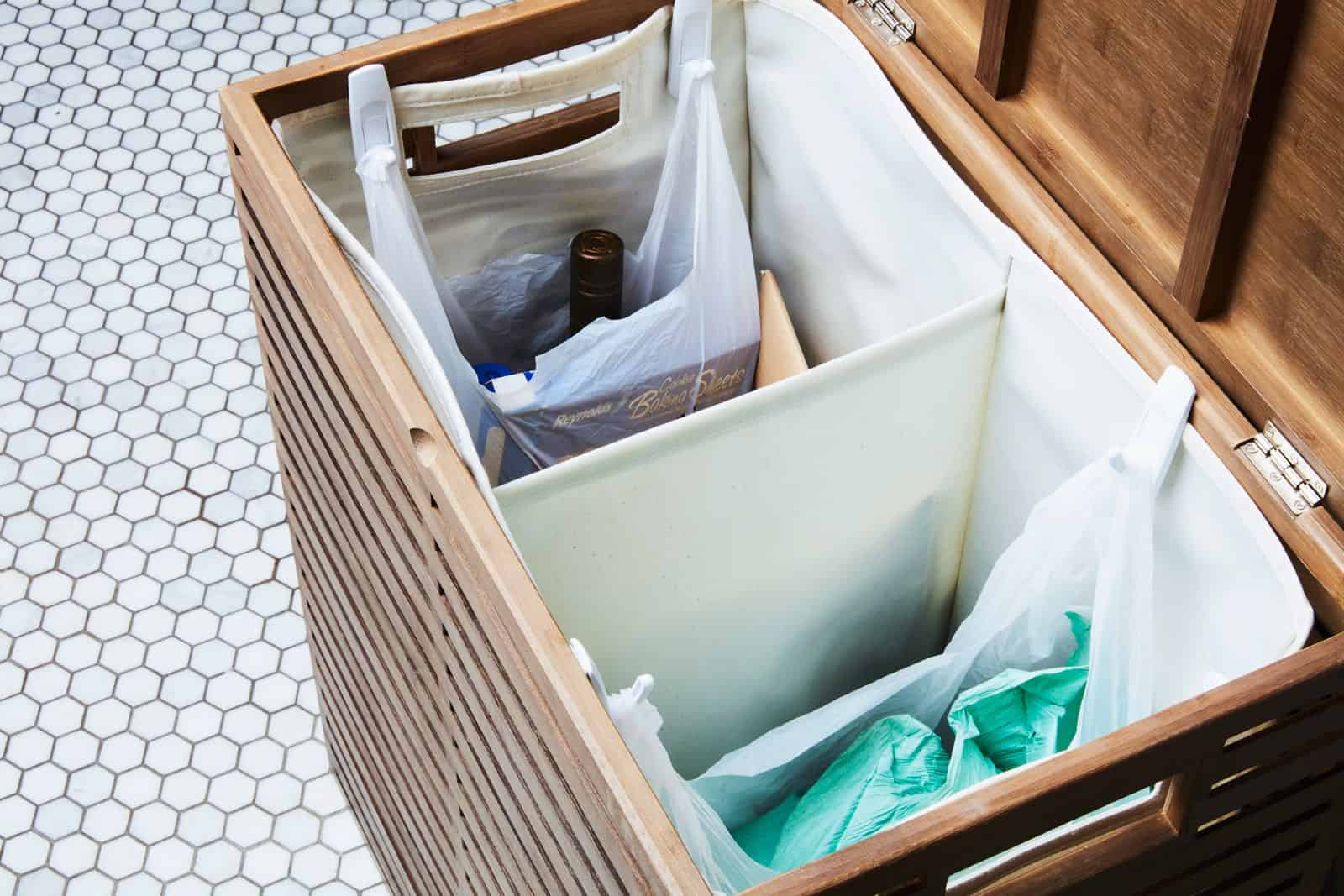
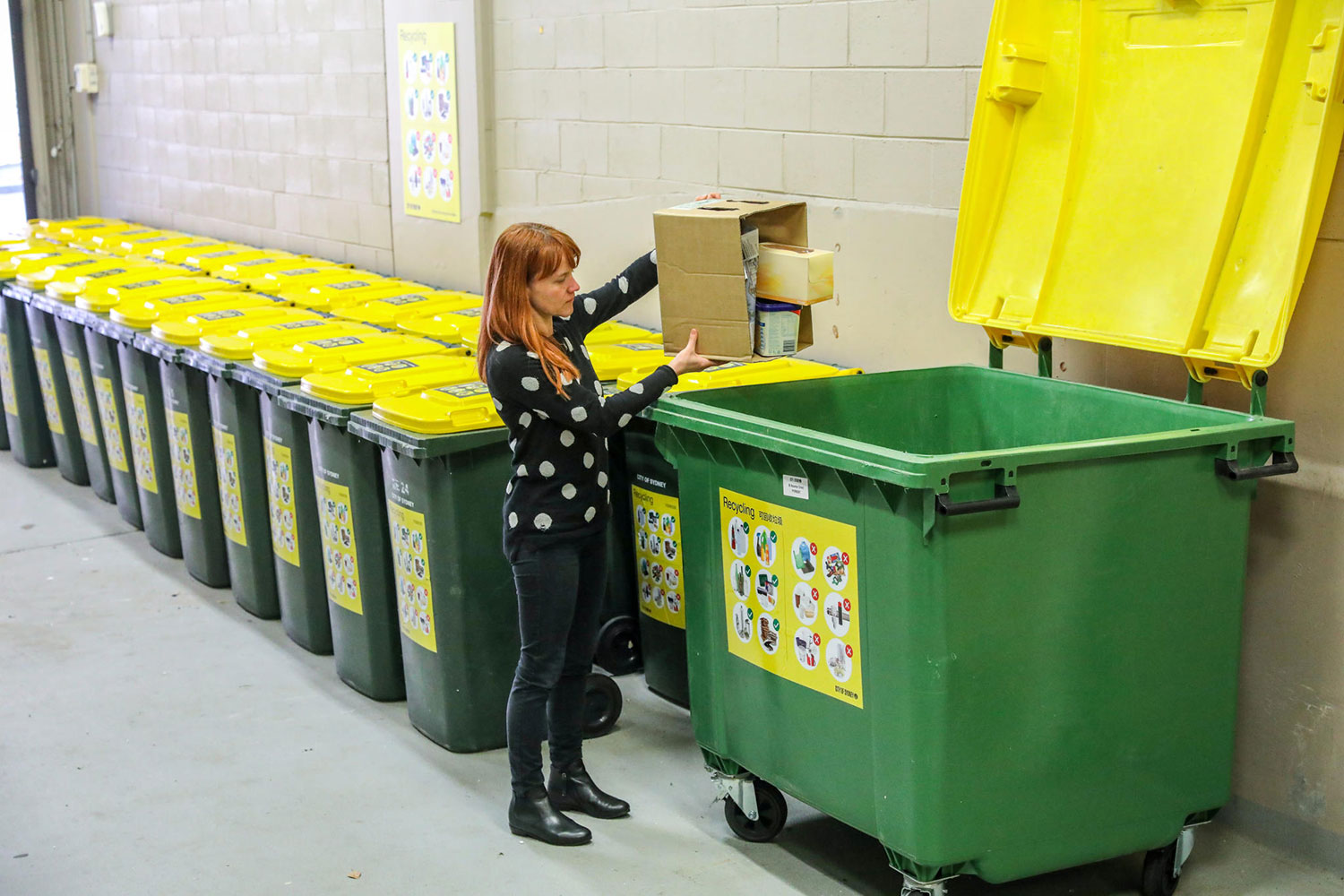

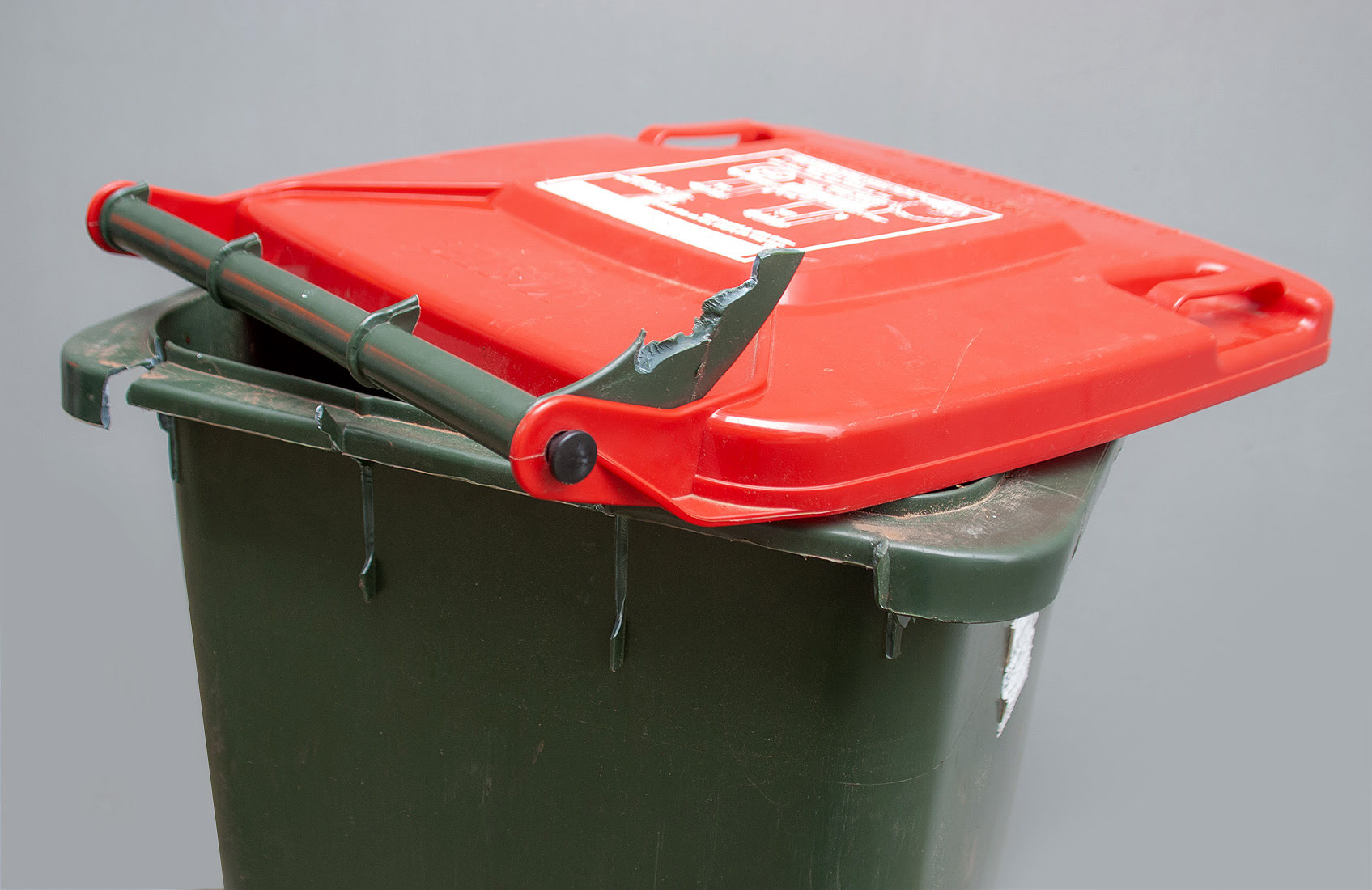




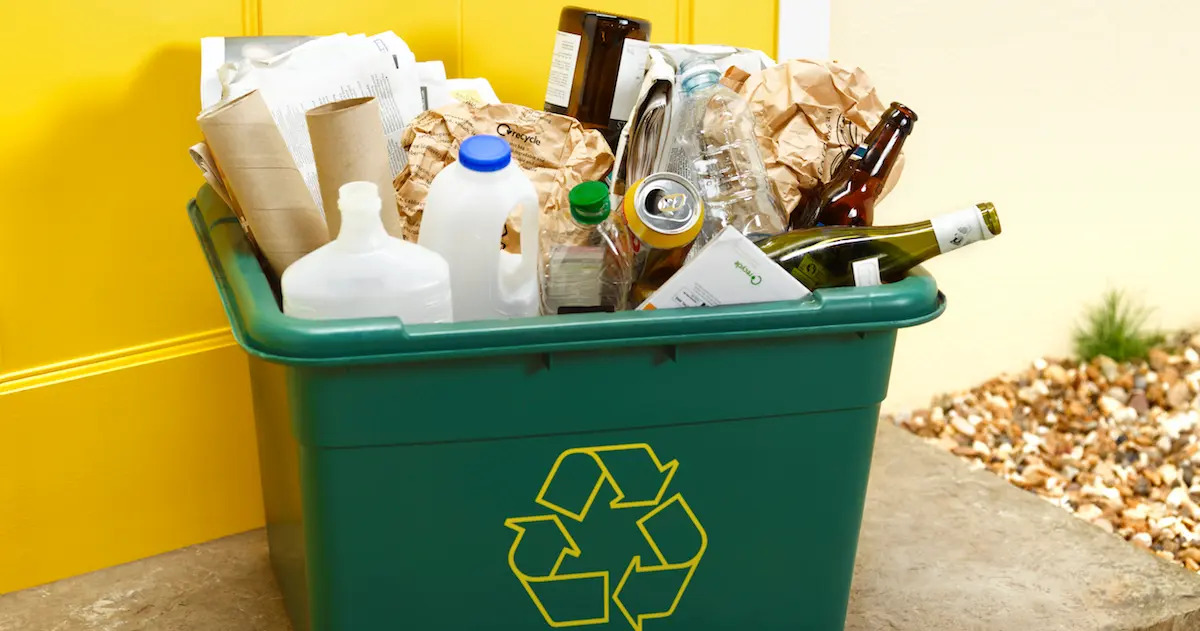

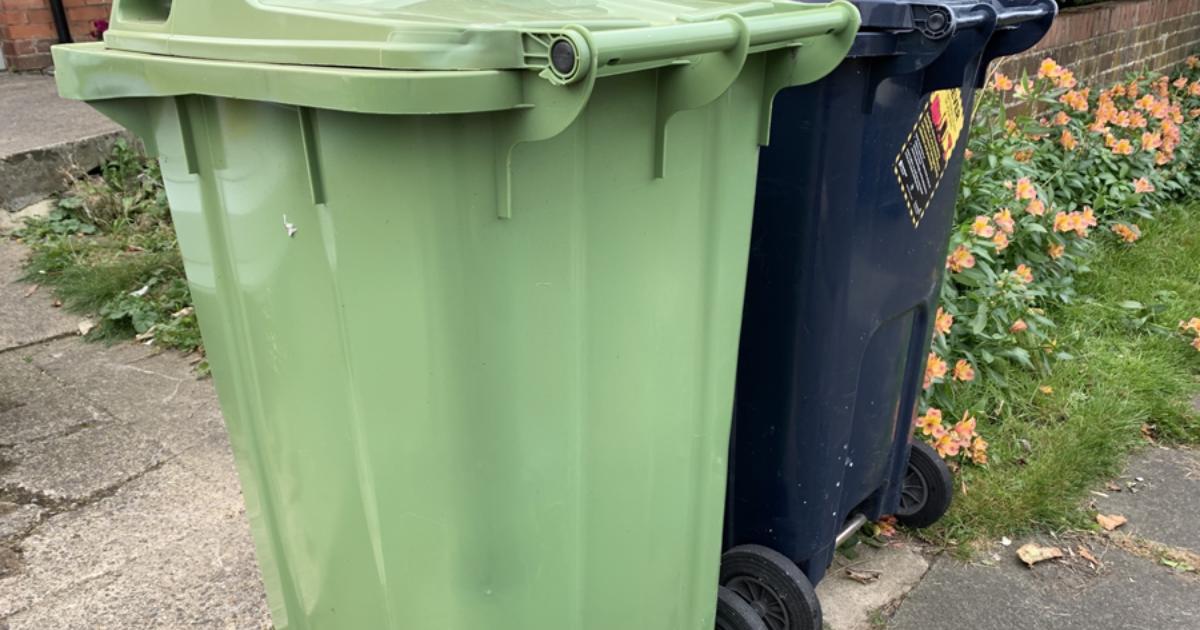
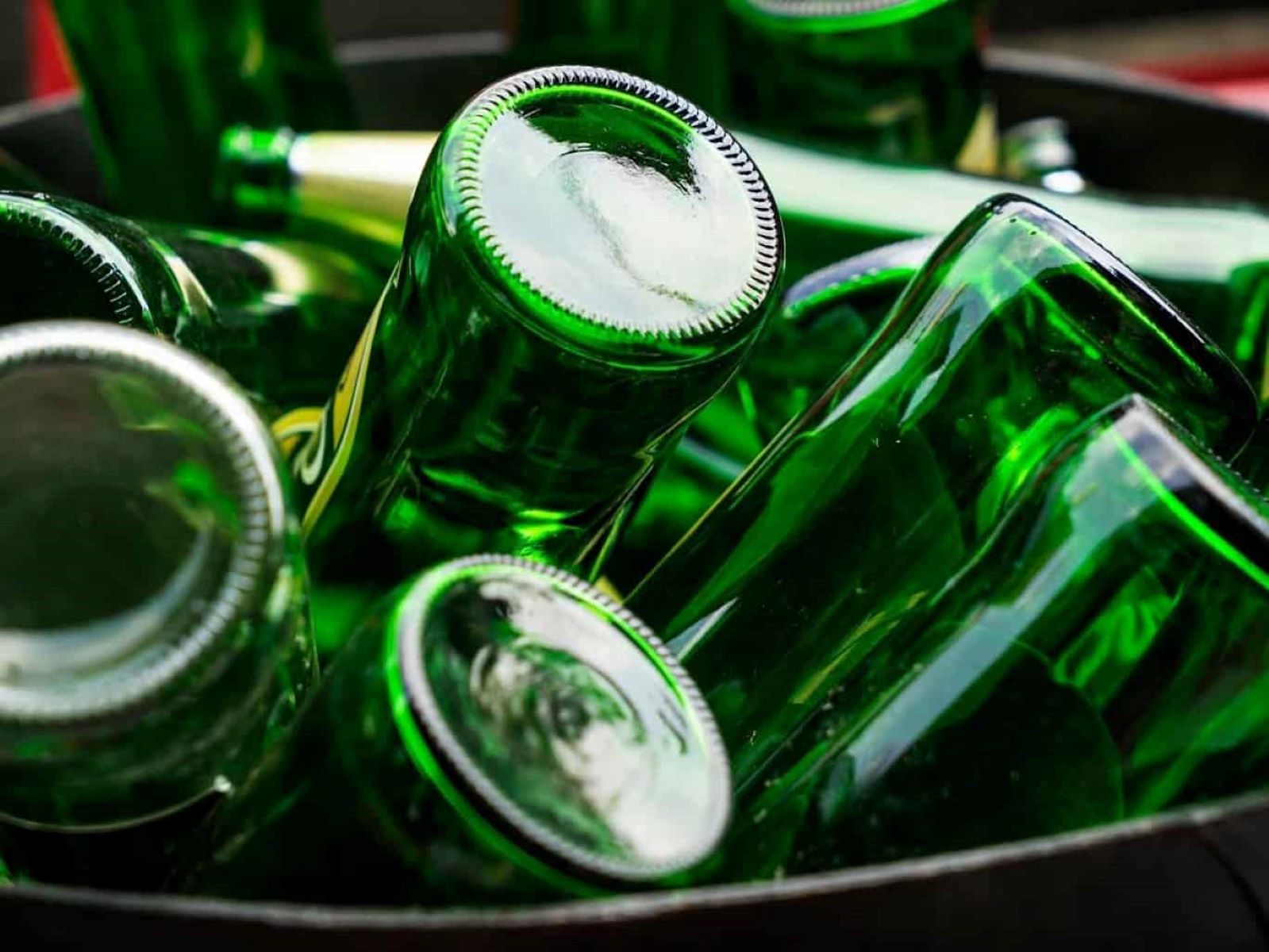
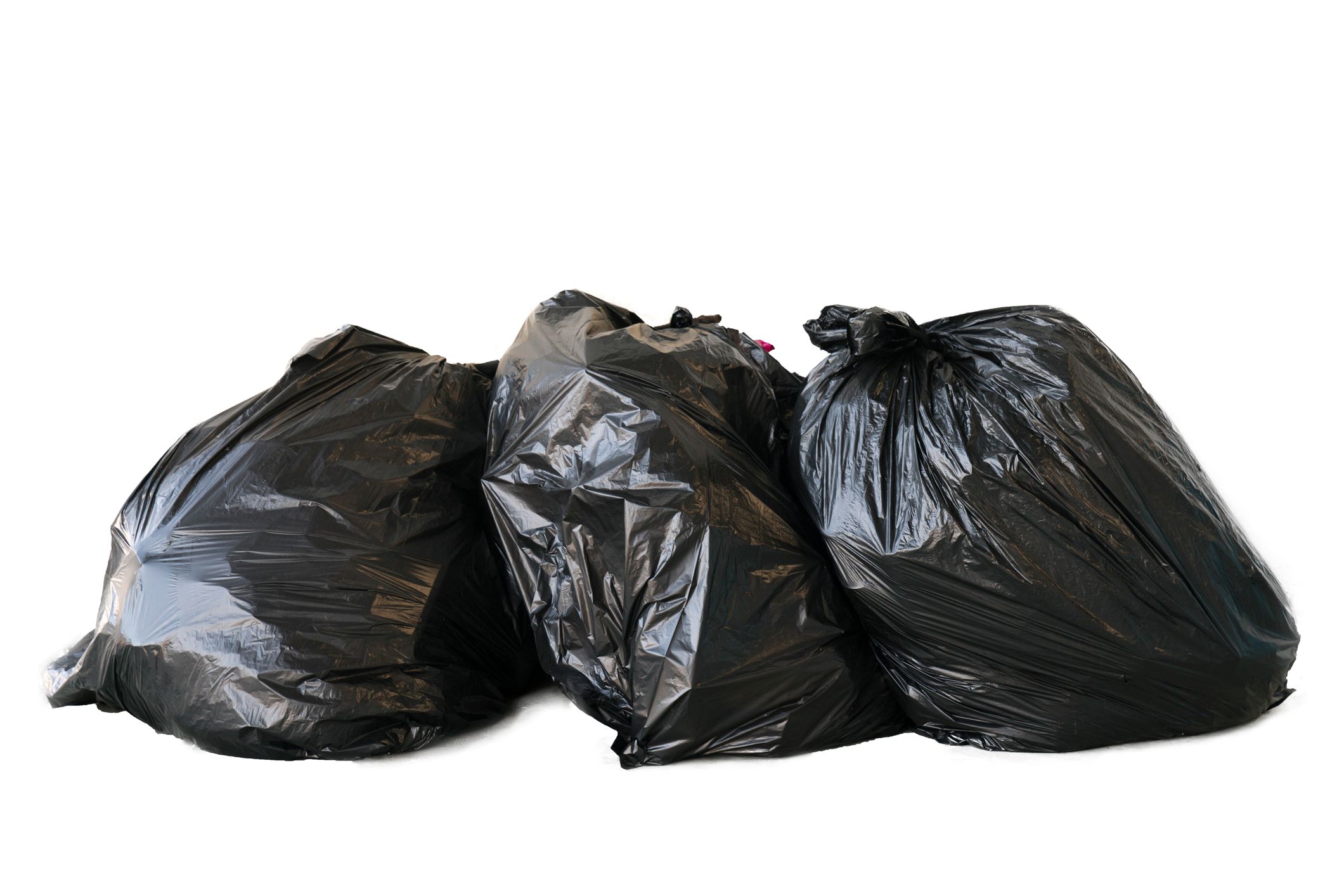

0 thoughts on “What Goes In The Green Recycling Bin”